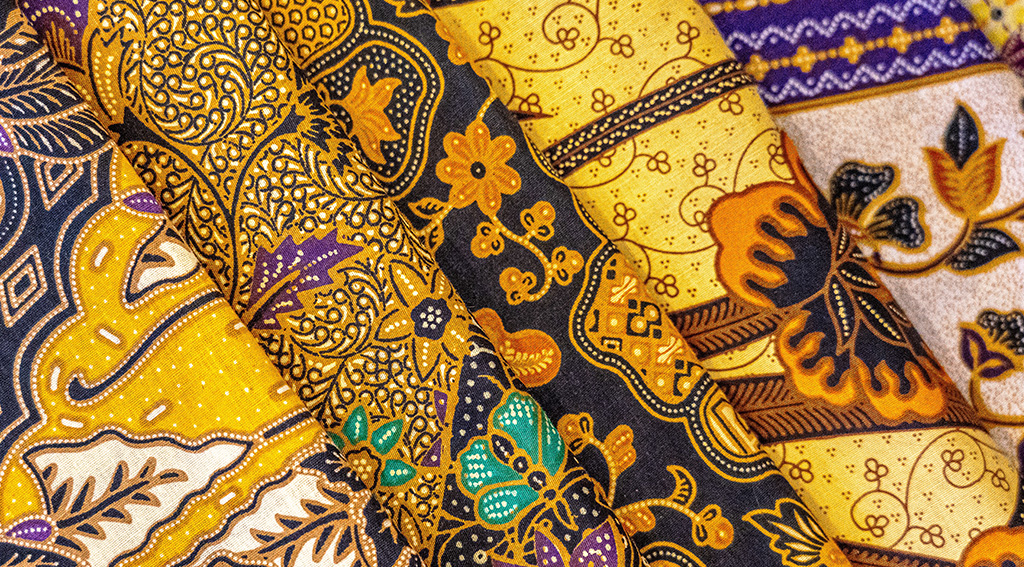
The history and development of digital printing on fabric trace a technological revolution in the textile industry. In the late 1990s, this technology entered our lives with the initial use of digital printing machines. Initially limited by a few color options and low printing speeds, it rapidly expanded with continuous advancements. Evolving software and hardware technologies enhanced the color accuracy and printing speed of digital printing, enabling the successful transfer of more complex and high-resolution designs onto fabrics.
From the mid-2000s onwards, digital printing triggered a significant transformation in the textile industry, particularly with the increased demand for personalized clothing and home textile products. Digital printing provided designers and brands with the ability to rapidly produce their designs and respond to customer demands. Additionally, compared to traditional printing methods, digital printing offered a more sustainable approach, minimizing water usage and reducing waste.
Today, digital printing on fabric has become an industry standard. Designers and brands create unique collections thanks to the richness of colors and design freedom provided by digital printing. Simultaneously, this technology offers an environmentally friendly option for brands aiming to achieve sustainability goals by minimizing water usage and waste. The history and development of digital printing not only encourage creativity in the textile industry but also contribute to building a future that prioritizes environmental responsibility.


